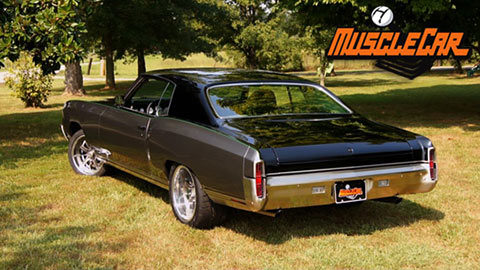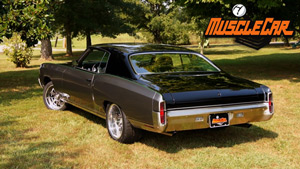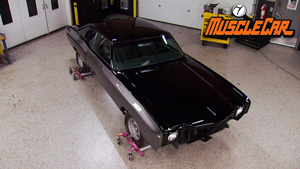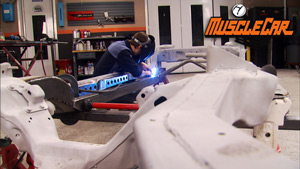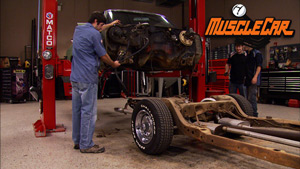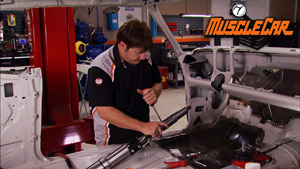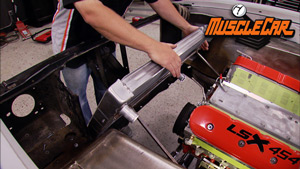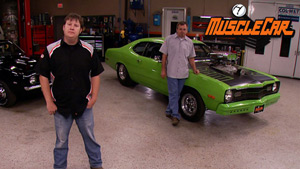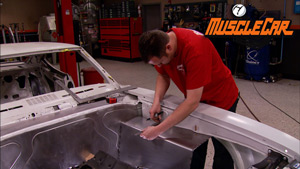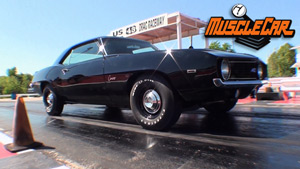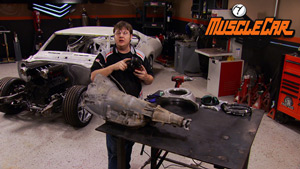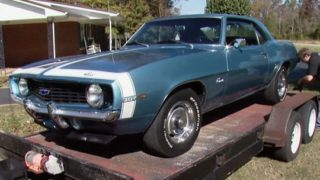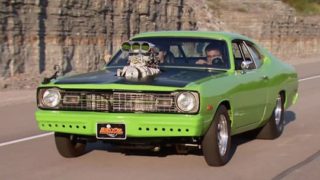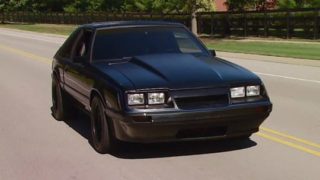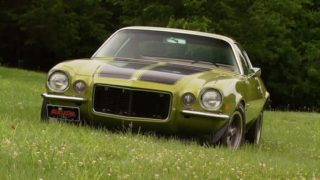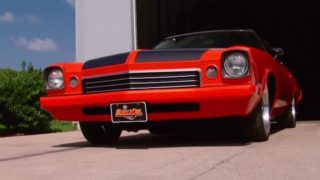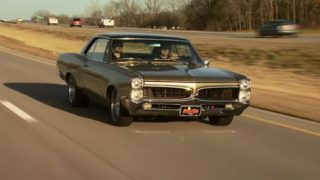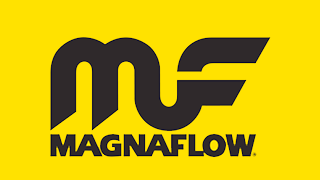MuscleCar Builds
Want more content like this?
Join the PowerNation Email NewsletterParts Used In This Episode
[none]
Brushed Aluminum Serpentine drive system
Aeromotive Inc.
Stealth 340 In-Tank fuel pump
Dans Driveline
Aluminum Driveshaft
Original Parts Group
Weatherstrip, clips, trim, carpet
Summit Racing
Aluminum Retro-Fit Radiator
Summit Racing
Classic Thunder Road Instrument Panel with Phantom Gauges
Summit Racing
Derale Performance High Output Single Fan & Shroud Kit
Summit Racing
Sport Bucket Seats
The Industrial Depot
The Industrial Depot - Fasteners, Hardware, and Shop Supplies
TreadSource
Falken Azenis RT615K Tires
True Forged
Two-Piece Ravel Custom Aluminum Wheels
